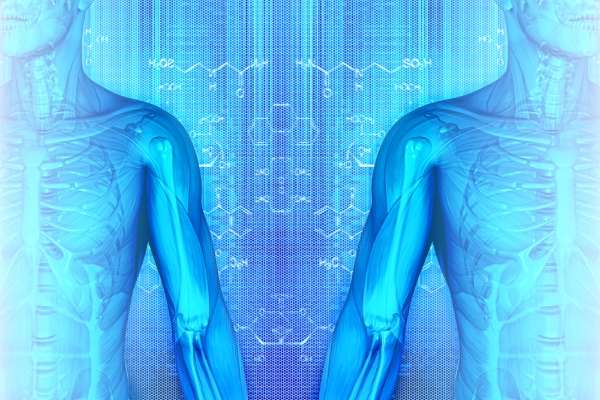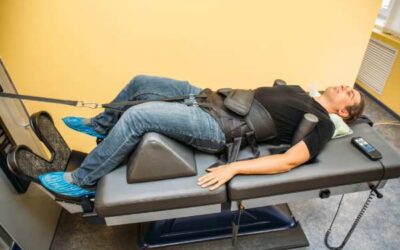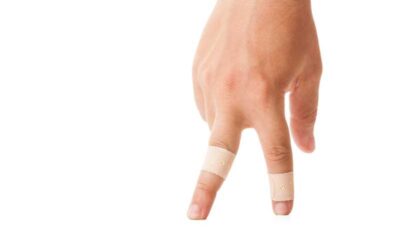Chronic back pain is a common issue for many people, especially those who sit at desks, stand for long periods, or have long commutes. If you’ve tried different treatments without much relief, you may be interested in decompression tables. But what exactly are they, and how do they work? Let’s look into the science behind these devices.
Understanding Spinal Decompression Tables
Spinal decompression tables or chiropractic traction machines, are designed to alleviate pain by gently stretching the spine. This process can create negative pressure within the discs of the spine, promoting the movement of water, oxygen, and nutrient-rich fluids into the discs so they can heal.
How Do They Work?
Imagine your spine as a stack of marshmallows (the discs) cushioned between graham crackers (the vertebrae). Over time, due to poor posture, injury, or degenerative conditions, these marshmallows can become squished or out of alignment. The result? Pain and discomfort.
Decompression tables use a motorized traction to gently pull on the spine, creating space between the vertebrae. This space allows the discs to realign and reduces pressure on nerves, which can alleviate pain and improve function.
Types of Decompression Machines
There are various types of decompression devices available, each with its own unique features:
- Back Decompression Table: The classic, motorized table that adjusts to the specific needs of the patient.
- Lumbar Decompression Table: Focuses specifically on the lower back, ideal for those with lumbar issues.
- Chiropractic Stretching Table: Offers manual stretching, often used in conjunction with other chiropractic care.
- Spinal Stretching Machine: A versatile machine that can target various areas of the spine.
Benefits of Using a Decompression Table
Non-Invasive and Drug-Free
One of the biggest advantages of decompression tables is that they offer a non-invasive, drug-free treatment option. For those wary of surgery or dependent on pain medications, this can be a game-changer.
Long-Term Relief
While traditional treatments often provide short-term relief, decompression therapy aims for long-term results by addressing the root cause of pain: spinal misalignment and disc compression.
Customizable Treatment
Modern decompression tables can be adjusted to meet the specific needs of each patient. This means that whether you’re dealing with a bulging disc, sciatica, or degenerative disc disease, the treatment can be tailored to you.
Improved Spinal Health
By promoting the flow of vital nutrients to the spinal discs, decompression therapy not only relieves pain but also supports overall spinal health.
Who Can Benefit from Decompression Tables?
Neck and back decompression tables are suitable for a wide range of individuals, particularly mid-career professionals who have spent years in physically demanding roles or sedentary positions. If you experience:
- Chronic lower back or neck pain
- Pain while sitting, standing, or sleeping
- Disc herniation or degeneration
Then spinal decompression tables might be worth exploring.
What to Expect During a Session
Initial Assessment
Your journey with decompression therapy starts with an assessment. A healthcare provider will evaluate your condition to determine the best course of action and adjust the decompression table accordingly.
The Session
During the session, you’ll be comfortably secured to the table. The machine will then gently stretch your spine, a process that typically takes around 20 to 30 minutes. Most people find the experience relaxing, and some even fall asleep during the treatment.
Post-Session
After the session, you might feel immediate relief or experience a gradual improvement over several sessions. It’s important to follow any aftercare instructions provided by your healthcare provider to maximize the benefits.
Addressing Common Concerns
Is It Safe?
Decompression tables are generally considered safe, especially when used under the guidance of a trained professional. However, it’s always important to consult with a healthcare provider to ensure it’s the right choice for you.
How Many Sessions Will I Need?
The number of sessions required varies depending on the individual’s condition and response to treatment. Some may find relief after a few sessions, while others may require a longer course of therapy.
Are There Any Side Effects?
Most people tolerate decompression therapy well, but some may experience mild soreness or discomfort after a session. This is usually temporary and can be managed with rest and hydration.
Making an Informed Decision
Choosing the right treatment for chronic back pain can be daunting. However, understanding the science behind decompression tables and their benefits can empower you to make an informed decision.
Seek out a provider who listens, explains clearly, and demonstrates a track record of success with decompression therapy. Remember, the goal is long-term relief and a return to the activities you love, without the shadow of pain.
Finding the Right Decompression Table for You
If you’re considering investing in a decompression table for home use, do thorough research. Look for features that cater to your specific needs and consult with a professional to ensure proper usage.
Conclusion
Spinal decompression tables offer a promising avenue for those seeking non-surgical solutions to chronic back pain. By understanding how they work and the potential benefits, you can take a proactive step toward reclaiming your health and well-being. As always, consult with a healthcare provider to determine the best approach for your specific condition and health goals.




